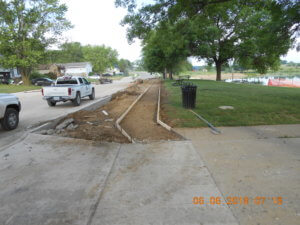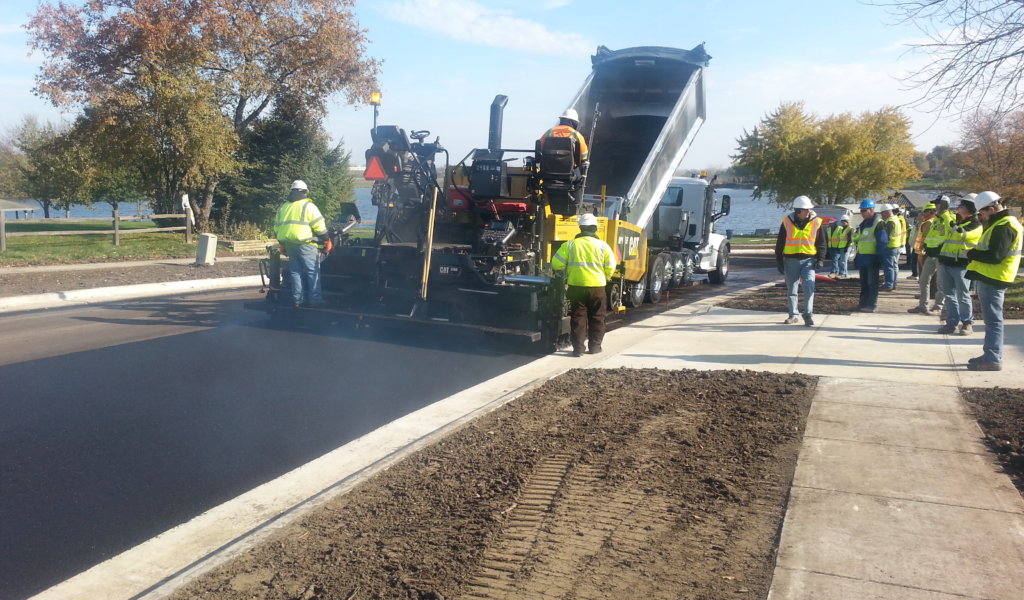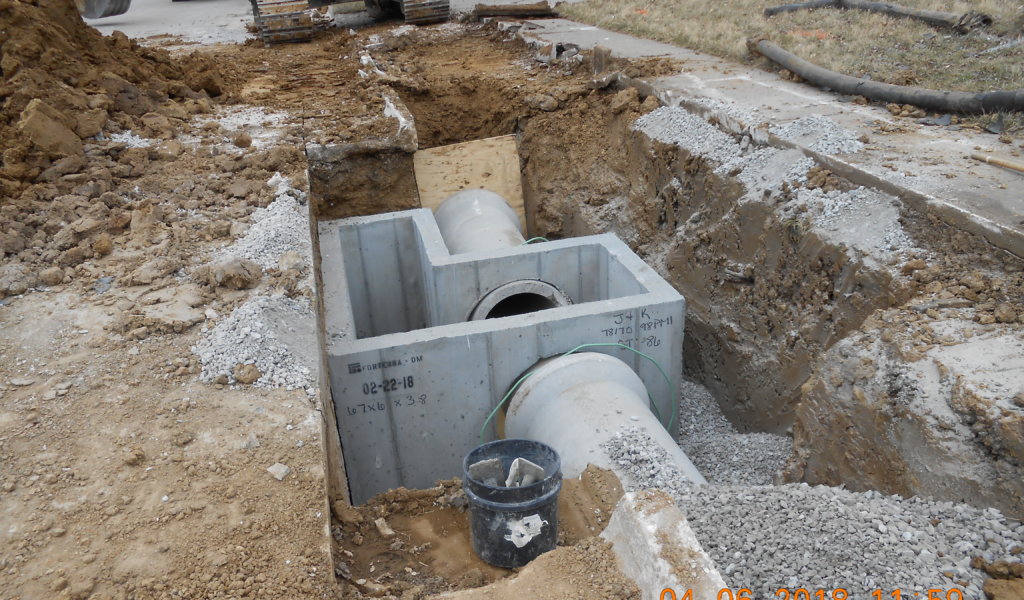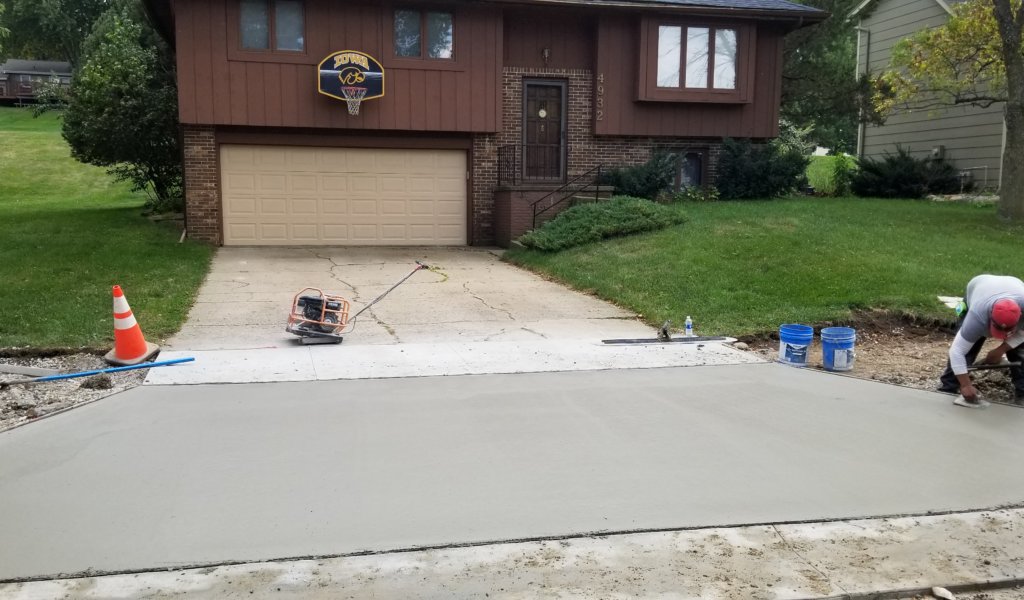
Infrastructure Study Identifies Poor Street Conditions
Lakewood Drive in Norwalk, Iowa is a residential street running along the southern edge of Lake Colechester in the Lakewood Village neighborhood. Just shy of one mile in length, the street services almost 90 single-family residences, as well as provides access to recreational areas along the lake’s shoreline.
Performed in 2013, the Norwalk Community Infrastructure Study (NCIS) examined the city’s water system, storm and sanitary sewers, and street conditions in the Lakewood Village area. It identified the existing pavement on Lakewood Drive as being near the end of its useful life. Because of the large number of residences along the corridor, the city preferred that any street rehabilitation work be confined to the existing right-of-way. Snyder & Associates was retained to determine the best method for upgrading the roadway.
Determining the Scope of Roadway Improvements
As part of the design services provided by our firm, it was discovered that the storm sewer system that serves the area was substantially undersized. The undersized system had led to numerous cases of localized flooding during periods of heavy rain. A complete upgrade of the existing storm sewer system was necessary to minimize the recurring flooding issues.
A detailed pavement analysis was completed on the existing roadway. This included reviewing the type of traffic using the roadway (nearly no trucks), obtaining pavement cores and performing an analysis of the subbase and subgrade. The results determined the base materials were stable and in quite a good condition. With that in mind, it was determined that a complete reconstruction of the roadway would not be required, but rather a “crack and seat” method, followed by a Hot Mix Asphalt (HMA) overlay could be used.
“Crack & Seat” Roadway Rehabilitation Method Limits Disruptions & Reduces Expenses
The crack and seat method is designed to reduce reflective cracking in an HMA overlay by minimizing the movements in the underlying concrete. The crack and seat process involves cracking the existing pavement into pieces small enough to reduce horizontal movement, but large enough to maintain structural integrity. This is most commonly performed using a gravity, guillotine-type breaker. After seating the pieces into the subgrade using a weighted roller, HMA is then used to overlay the roadway.

Layout and framing of sidewalk prior to construction
There are two primary benefits to using the crack, seat, and overlay process. First, since the existing pavement doesn’t need to be removed, the roadway can be kept open to local traffic during most of the process with minimal disruption to residents. The storm sewer, curb, gutter, and sidewalk replacement work only requires minimal periodic closures to individual residential driveways. Our team provided constant feedback to the city staff to help keep the residents along the corridor updated on the progress. Second, compared to a full street pavement tear out and replacement, the crack, seat, and overlay method provides a substantial reduction in the project’s overall cost.
Challenging Staging for Street Rehabilitation & Utility Coordination
Because of the scale of the project and the large number of residences impacted, the work was divided into two separate phases, starting at the west end of Lakewood Drive and working east. During the first construction phase, work was completed between Wakonda Drive and Old Orchard Drive. In the second year of the project, the remaining section from Old Orchard Drive out to Iowa Highway 28 was wrapped up. Breaking the construction into two phases allowed for better coordination with the multiple utilities in the project zone, as well as maintaining access to the lake amenities along the corridor.
The Lakewood Drive rehabilitation was the second of several planned corridor projects in the Lakewood Village neighborhood. Because of the success of the crack, seat, and overlay process used on this project, it’s also being considered for several other street rehabilitation projects in the area.





